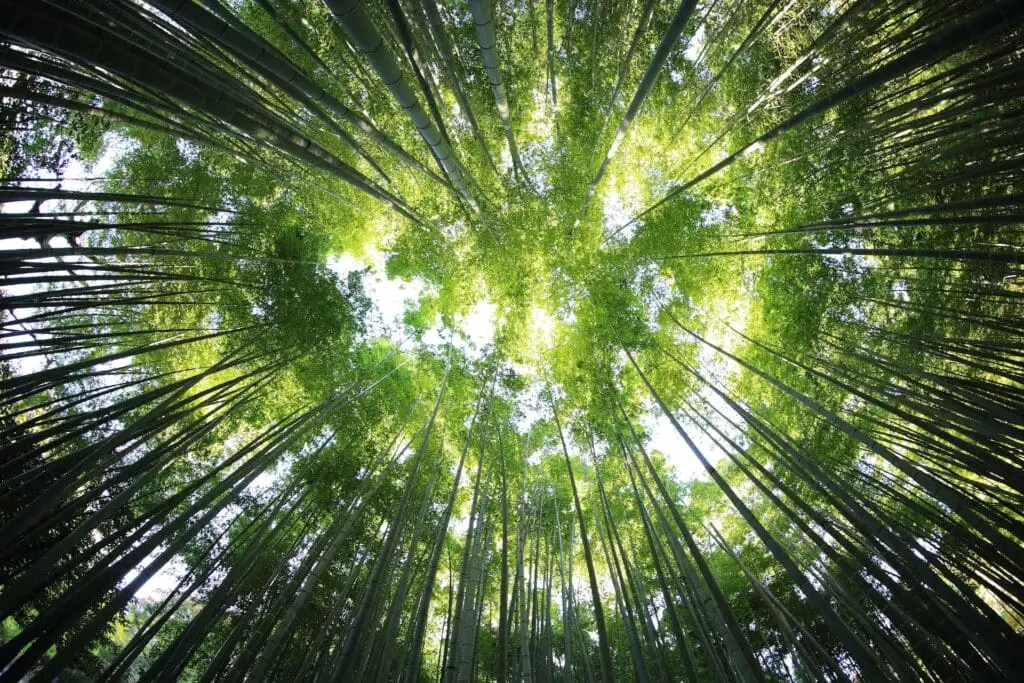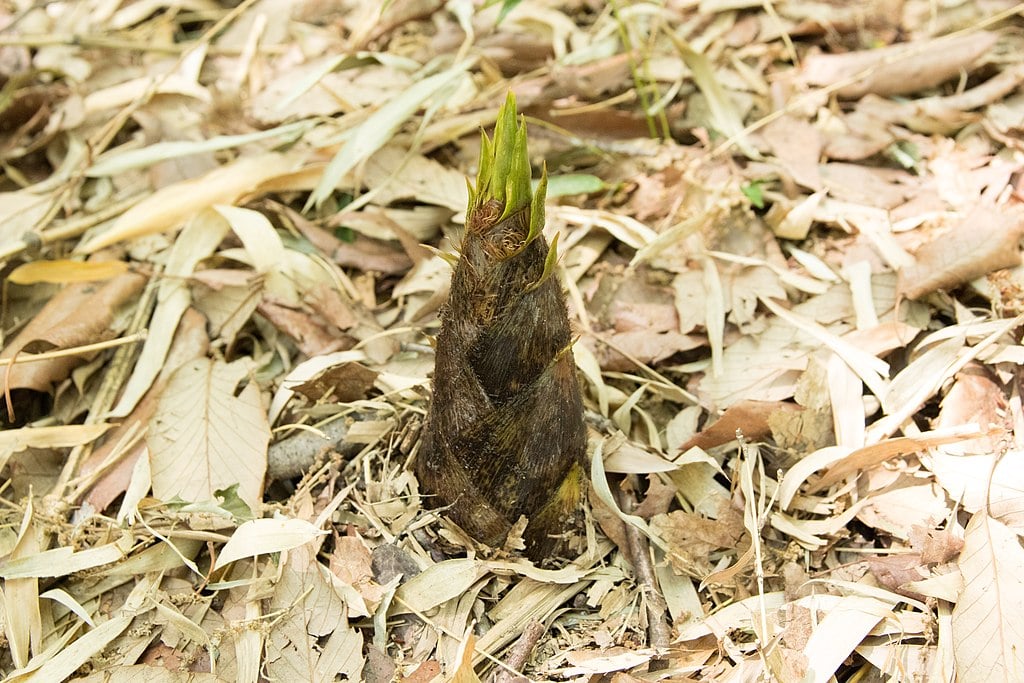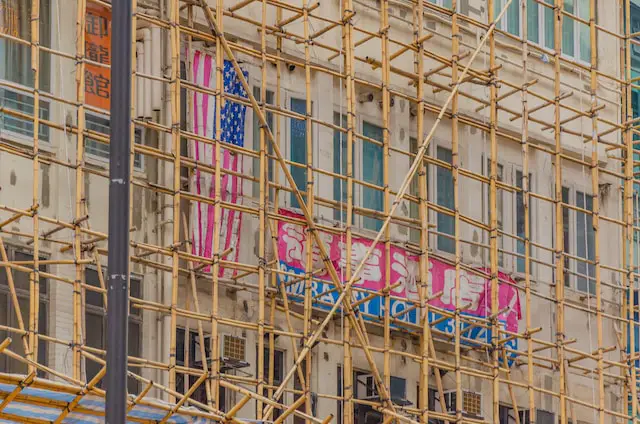
Introduction
Bamboo is an amazing plant that belongs to the grass family. It is well known for having a fast growth rate. But what is the fastest of them all?
With over 1000 species growing worldwide, it is difficult to be definitive. However, Mose Bamboo is known to be one of the fastest growing bamboo species.
Bamboo Basics
Bamboo is a type of woody grass that belongs to the Poaceae family. It is one of the fastest growing plants in the world and can be found in different parts of Asia, Africa, South America, and North America. Bamboo has a hard stem or culm which grows straight upwards from underground rhizomes or roots.
Overview of the Fastest Growing Bamboo
Moso Bamboo (Phyllostachys edulis) holds the title for being the fastest known growing bamboo in the world with growth rates of up to 45 inches (114.5 cm) per day!
Moso bamboo has become increasingly popular due to its fast growth rate and product utility which makes it attractive for commercial cultivation purposes. It can reach maturity within 5-6 years of being planted.
In the following sections, we will explore Moso Bamboo in more detail, including its characteristics and factors contributing to its growth rate.
Origins and Characteristics of Moso Bamboo
Bamboo is a fascinating plant that has been used by humans for centuries. There are over 1,500 species of bamboo, but one of the fastest growing and most popular species is Moso bamboo.
Moso bamboo is native to China and Taiwan and has been cultivated there for over 1,000 years. It is now grown in many other parts of the world, including Japan, Korea, Taiwan, and the United States.
Description of Moso Bamboo
Moso bamboo can grow up to 92 feet (28 meters) tall in its native habitat in China and Taiwan. However, when grown outside of its natural environment, it typically reaches a maximum height of around 70 feet (21 meters). The diameter or thickness of the culms or stems can be as large as 7 inches (18 cm), making it one of the largest bamboo species in terms of culm size.
Origin and Distribution of Moso Bamboo
Moso bamboo is native to central and southern China and Taiwan. It has been cultivated there for over a thousand years.
Today it is widely cultivated in Japan, Korea, Taiwan, Vietnam and across other parts all over the world. Cultivation outside Asia ranges from South Africa to Brazil where it was introduced mainly due to its uses as a substitute for wood.
Other Valuable Characteristics of Moso Bamboo
One characteristic that makes Moso bamboo unique among other bamboo species is its rapid growth rate. It can grow up to 45 inches (114.5 cm) per day under optimal conditions which is faster than any other plant on earth. However, it has other characteristics that make Moso bamboo such a useful and valuable bamboo species.
Moso bamboo is known for its strength and durability, making it a popular choice for construction and furniture making industries. Additionally, Moso bamboo has a high biomass production rate, meaning it can produce more biomass per unit of land area than many other plants.
The fast-growing nature of Moso bamboo makes it an ideal choice for reforestation projects, as well as for use in various industries. With the right care and management practices, Moso bamboo can be harvested sustainably while still allowing the plant to continue growing at a rapid pace.
Factors that Affect the Growth Rate of Moso Bamboo
Climate and Soil Conditions
The climate and soil conditions play a critical role in the growth rate of Moso bamboo. This species of bamboo prefers warm, moist climates with temperatures ranging from 20°C to 30°C (68°F to 86°F). It also requires well-draining soils that are rich in organic matter.



These ideal growing conditions can be found in regions such as China, Japan, and Taiwan. Another factor to consider is the altitude at which Moso bamboo is grown.
Studies have shown that Moso bamboo grows best at elevations ranging from sea level up to 1500 meters (4921 feet) above sea level. Above this altitude, the growth rate decreases due to lower temperatures and reduced sunlight.
Watering and Fertilization
Adequate watering and fertilization are crucial for maximizing the growth rate of Moso bamboo. The plant requires consistent moisture levels throughout its growing season, which typically lasts from April to November (in the northern hemisphere). Inadequate water can lead to stunted growth or even death of the plant.
Fertilization is also important for providing essential nutrients required for healthy growth. Nutrient rich soil is a critical factor affecting growth rates.
Pruning and Harvesting Techniques for Fastest Growth
Techiniques of pruning and harvesting used on Moso bamboo can have a significant impact on its overall growth rate. Pruning involves removing old or damaged culms (stems) from the plant, allowing new shoots to grow more vigorously.
Harvesting is done selectively by cutting only mature culms while leaving younger ones intact to continue growing. This ensures a sustainable harvest without damaging or hindering future plant growth.
Improper pruning or harvesting techniques can lead to reduced growth rates or even death of the plant.
Uses of Moso Bamboo
Combined with its fast growth rate, Moso bamboo’s incredible strength and durability makes it ideal for a variety of applications in different industries. Here are some of the most popular uses of Moso Bamboo:
- Construction Industry
- Moso Bamboo’s high strength-to-weight ratio make it an excellent alternative to traditional timbers.
- Its uses extend to flooring, walls, ceilings, and even support beams.
- The hollow interior makes Moso Bamboo a unique choice for scaffolding.



- Furniture Making
- The durability and visual appeal of Moso Bamboo make it useful in the furniture industry.
- Bamboo-made pieces range from simple chairs and tables to intricate, artistically designed carvings.
- This versatile material pairs well with others like steel or glass for stunning modern designs.



- Paper Production
- Bamboo has centuries-long history in paper production in Asia.
- The long fibers in bamboo make it robust, able to withstand repeated processing without easy breakage.
- Bamboo pulp offers a wide variety of paper product possibilities.
- Textile Industry
- Moso Bamboo fibers transform into incredibly soft and silky cloth material.
- Clothes made from bamboo fibers are comfortable, sweat-absorbent, and cool on hot days due to its breathability.
Conclusion
There is no doubt that Moso bamboo is an absolute speed demon. With its impressive growth rate and versatile uses in construction, furniture making, paper production and textiles.
While Moso bamboo is currently the fastest known growing species within its genus, there may be potential for other species to develop faster growth rates with further research.
As global demand increases for renewable resources and sustainable practices become more imperative, there may be more interest in developing new varieties that have even faster growth rates or are better suited to specific climates.
